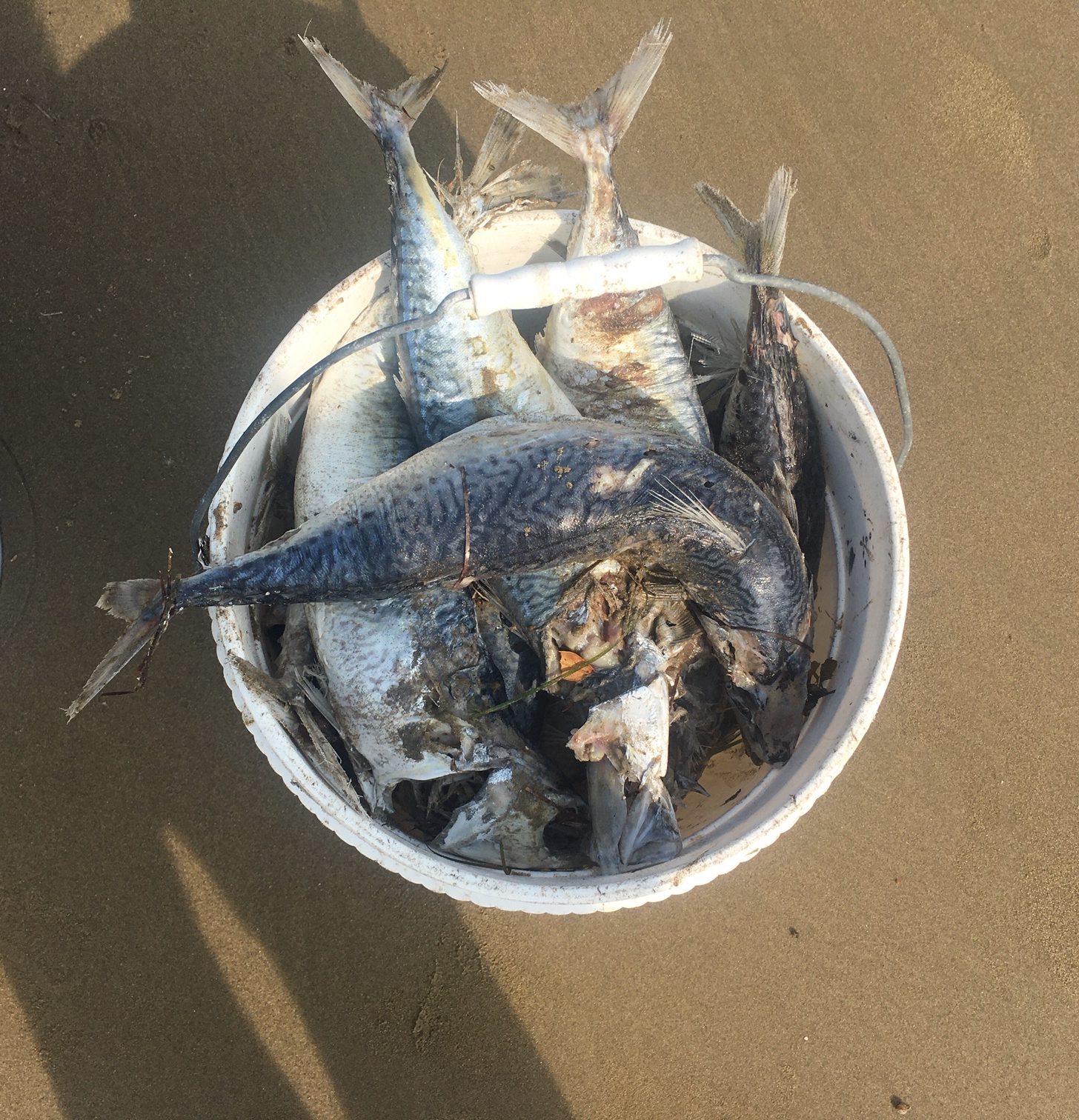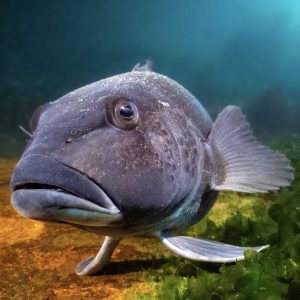Questions remain around the mass of dead fish floating around the Hauraki Gulf and landing on the beaches of Kawau Island over the past week. Ministry for Primary Industries advise they received a report of the “accidental loss” of 1,000 kilos of mackerel from a commercial vessel fishing outside Kawau Island. Another report suggests the volume of fish could have been much greater.

Whatever the tonnage, MPI need to investigate and find out why these fish were “lost” and work on mitigation measures with commercial fishers.
LegaSea initially considered it may have been a natural event that caused the deaths as there were so many blue mackerel spread over such a vast area.
LegaSea spokesperson Sam Woolford acknowledges the confusion and puts that down to the sheer scale and quantity of fish involved.
Given the numbers of reports of dead fish floating between Kawau and Great Barrier Islands it made it hard to comprehend. People were rightly disgusted at the sight and smell of rotting fish.
Adding to the confusion is the lack of transparency. Electronic monitoring is required on commercial vessels and the skipper reported they had lost the load of fish five nautical miles from Kawau. Yet it was five days after the public reported the dead fish that MPI released any information.
MPI has still not revealed when the fish were lost overboard, which vessel was involved nor what they were targeting at the time.
The lack of transparency and inadequate communication with the public raises further questions of how many “accidental loss” incidents go unreported because no members of the public are in the vicinity to report them.
“A mass loss of catch or dumping is a symptom of bulk harvesting techniques such as purse seining and bottom trawling. While our Quota Management System allows these fishing techniques, extracting vast quantities of fish in such an industrial manner will inevitably lead to large scale wastage when something goes wrong,” says Sam Woolford.
Bulk harvesting is a cheap way to harvest fish, an important factor given that in 2018 more than 7.5 million kilos of blue mackerel were exported for an average price of just $1.74 per kilo.
Adding to the concerns is the need to consider the wider impact. Blue mackerel play a critical role in the marine ecosystem that supports larger fish, seabirds and dolphins.
“It’s not only the fish that stink. The Quota Management System incentivises bulk harvesting and when it goes wrong it is our marine environment that suffers.”
“How can a system that is supposedly ‘world leading’ allow this to happen? ” says Sam Woolford.
Approximate area the dead blue mackerel were found in.
Supporting information
In 2018 7,550,496 kilos of blue mackerel were exported to 16 countries for an average price of $1.74 per kilo.
Source: Seafood New Zealand.
Blue mackerel are taken by a variety of methods, most catches are by purse seiners from the Bay of Plenty and East Northland during July to December. Source: Fisheries New Zealand.
In the 2017-18 fishing year the Total Allowable Commercial Catch (TACC) in east coast blue mackerel fishery between North Cape and Cape Runaway, East Cape was 7630 tonnes. Actual commercial catch was 7988 tonnes, 105% of the TACC.
Source: Fisheries New Zealand.





